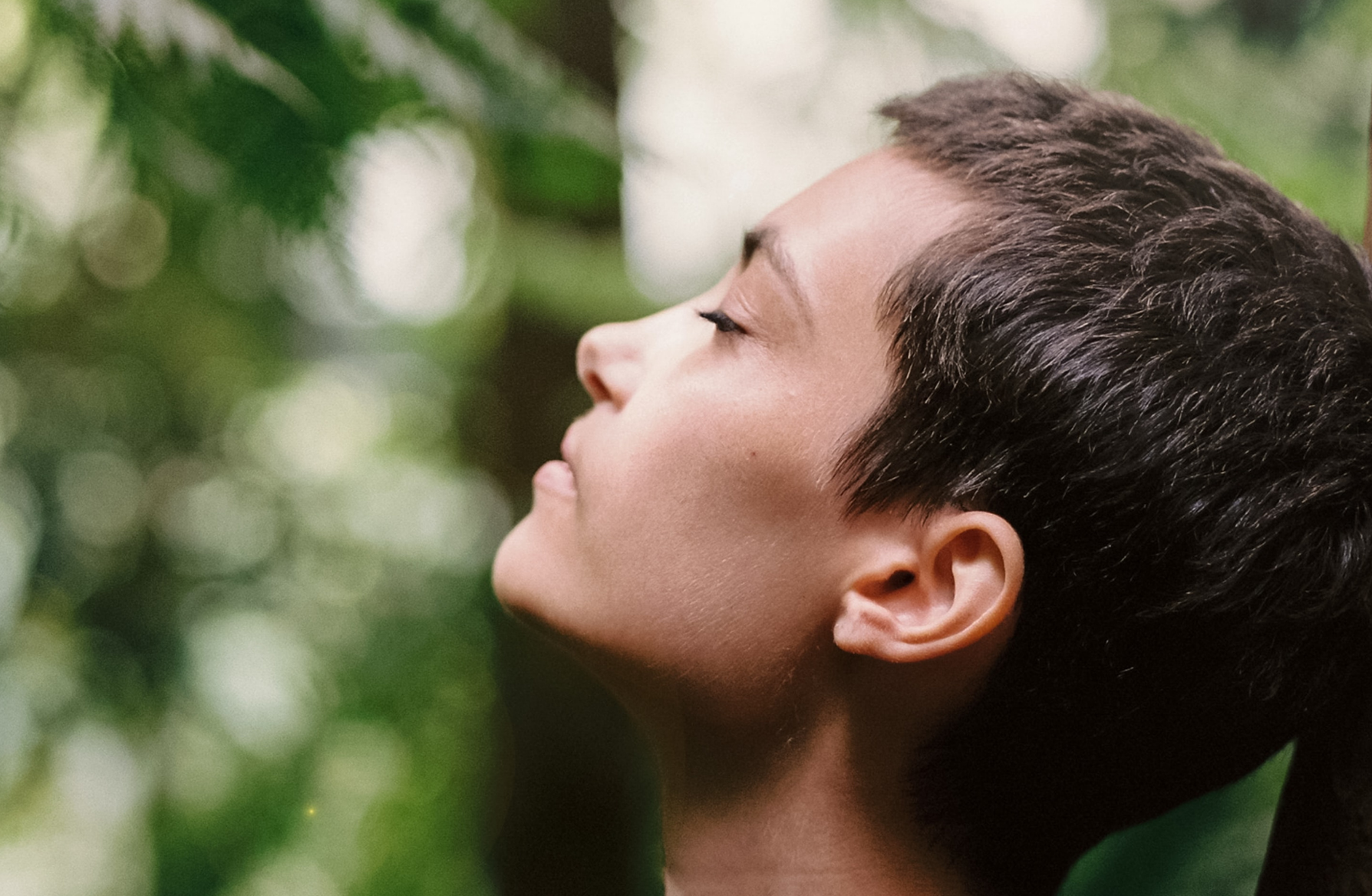Breathing in awe

AWE: An overwhelming feeling of reverence, admiration, fear, etc., produced by that which is grand, sublime, extremely powerful, or the like.
When astronauts look down on earth for the first time they commonly experience a sense of awe – a combination of admiration and fear woven together. I imagine it is similar to the feeling parents have when they behold their newborn baby for the first time. Or when you watch an athlete execute a perfect high platform dive – fear and admiration combined.
I have become curious about awe and started to observe my own moments with that emotion, and to really tune-in to the experience as it unfolds in my body and mind. The first thing I noticed was the pattern of breathing that signified awe – a short, shallow in-breath through my mouth, followed by a holding of breath, with my mouth remaining open about a thumb width. Next comes a gently pursing of lips and a slow release of air, bottom lip slightly pushed out by exhaled air, and then a slow, deep breathing rhythm resumes.
Research by Philpot, Chapelle and Blairy (2010) has explored this connection between breath and human emotions, such as joy, anger, fear and sadness, and it turns out that the two are closely related. In one study, participants were invited into the lab and asked to draw on their own memories or fantasies to elicit different emotions. The researchers observed the participants breathing patterns as various emotions emerged, and from this created a breath-map of emotions.
In a follow-up study a different group of people were taught the various breathing patterns – short, deep, slow, fast, nose, mouth – and asked what physical sensations and emotions emerged for them. Turns out that by following the breathing maps created from the first group, this second group of people were able to re-create similar emotions. The conclusion – the breath offers a direct and controllable route to our emotional experience.
We can literally breathe our way to fear and joy.
How does this happen? The way we breathe triggers a wave of physiological responses through the body. When we breathe slowly and deeply, we activate the parasympathetic nervous system, which sends messages to the body of calm and relaxation, and paves the way to a whole host of pleasant and rewarding emotions and bodily sensations. When we breathe quickly and shallowly, we activate the sympathetic nervous system, and access our threat response, unleashing a wave of activating and often uncomfortable sensations and emotions, such as fear and anger.
While the research evidence linking breath to emotion may be more recent, the knowledge has been with humans for centuries. In yoga, qigong and meditation, you see an emphasis on breath work, to help access feelings of calm and relaxation. The breath is also central to treatment of a range of mental health conditions, particularly anxiety and trauma. When we feel stressed or anxious we try to engage our brain and think our way out of these strong emotions. More often than not this leads to more stress and anxiety, not less. Instead of thinking, try breathing your way through the feeling. Slow, deep calm breathing for just a few minutes can shift you from overwhelm, to calm. You can then engage your thinking mind better when you feel less distressed.
The more I discover about the power of the breath to not only keep us alive, but to help us become more resilient and thrive in everyday life, the more I feel like one of those astronauts looking down on earth – as I take a breath in, I am full of awe.


